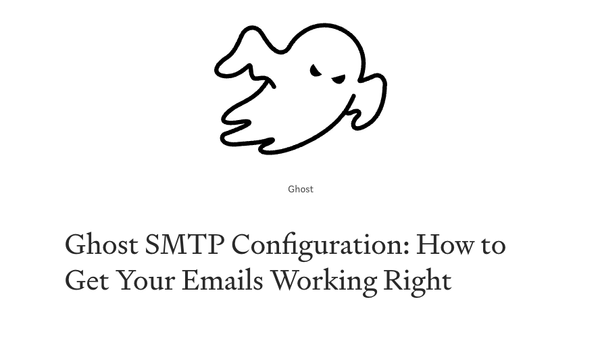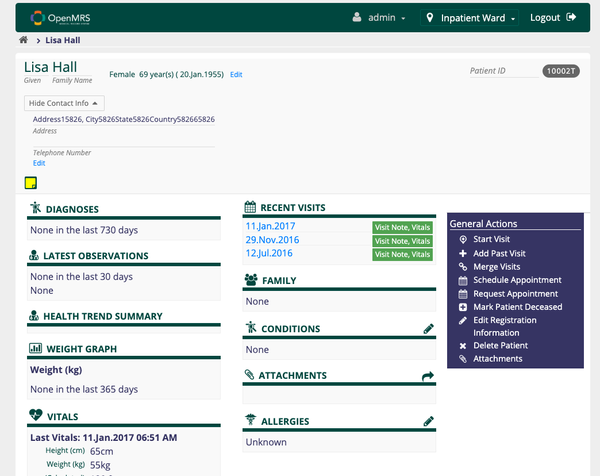Talk with Your MySQL: Integrate OpenAI (ChatGPT) with your Database
Table of Content
Integrating OpenAI with a MySQL database can enhance the functionality of applications by utilizing the power of natural language processing and AI.
Benefits
Integrating OpenAI with a MySQL database offers numerous benefits and opens up a variety of use cases. Here are some of the key benefits and potential use cases:
Enhanced Data Processing:
Natural Language Understanding: OpenAI can process and interpret natural language data stored in the database, enabling more advanced queries and insights.
Automated Summarization: Automatically generate summaries of large text data stored in the database.
Intelligent Data Enrichment:
Data Classification: Automatically classify and tag data based on content, making it easier to organize and retrieve.
Sentiment Analysis: Add sentiment scores to customer feedback or social media data stored in the database.
Improved User Interaction:
Chatbots: Enhance chatbot capabilities by allowing them to fetch and process data from the database in real-time.
Personalized Recommendations: Provide personalized recommendations based on user data and interactions stored in the database.
Operational Efficiency:
Automated Data Entry: Use AI to automate the entry of unstructured data into structured database fields.
Error Detection and Correction: Automatically detect and correct errors in data entries.
Use-cases
Customer Support:
Automated Query Resolution: Integrate with customer support databases to provide automated responses to common queries.
Sentiment Analysis: Analyze customer support interactions to gauge customer satisfaction and improve service.
E-commerce:
Product Descriptions: Automatically generate product descriptions from product attributes stored in the database.
Review Summarization: Summarize customer reviews to provide quick insights for potential buyers.
Healthcare:
Medical Record Analysis: Analyze patient records to identify trends and provide insights for diagnosis and treatment.
Clinical Data Summarization: Summarize clinical trial results and patient case studies stored in the database.
Finance:
Fraud Detection: Analyze transaction data to identify potentially fraudulent activities.
Financial Reporting: Automate the generation of financial reports based on data stored in the database.
Education:
Personalized Learning: Provide personalized learning recommendations based on student performance data.
Grading Assistance: Automatically grade essays and assignments using AI.
Content Management:
Content Creation: Generate new content based on topics or keywords stored in the database.
Content Moderation: Automatically moderate user-generated content for inappropriate or harmful material.
Market Research:
Survey Analysis: Analyze survey responses and generate insights from the collected data.
Trend Analysis: Identify market trends from customer feedback and social media data.
Human Resources:
Resume Screening: Automatically screen and rank resumes stored in the database.
Employee Feedback Analysis: Analyze employee feedback to improve workplace conditions and policies.
Here’s a step-by-step guide to integrate OpenAI with a MySQL database:
Prerequisites
- Python installed on your system.
- An OpenAI API key.
- MySQL installed and running, with a database set up.
mysql-connector-pythonandopenailibraries installed (pip install mysql-connector-python openai).
Step-by-Step Integration
Step 1: Install Necessary Libraries
Make sure you have mysql-connector-python and openai libraries installed:
pip install mysql-connector-python openai
Step 2: Connect to MySQL Database
First, you need to connect to your MySQL database. Create a Python script for this purpose.
import mysql.connector
# Database connection
def connect_db():
try:
connection = mysql.connector.connect(
host="your_host",
user="your_username",
password="your_password",
database="your_database"
)
if connection.is_connected():
print("Connected to MySQL database")
return connection
except mysql.connector.Error as err:
print(f"Error: {err}")
return None
db_connection = connect_db()
Step 3: Interact with OpenAI API
Now, integrate the OpenAI API to process data. For example, you can fetch data from the database, process it with OpenAI, and then store the result back in the database.
import openai
# OpenAI API Key
openai.api_key = "your_openai_api_key"
def fetch_data_from_db(connection):
cursor = connection.cursor()
cursor.execute("SELECT * FROM your_table")
rows = cursor.fetchall()
return rows
def process_data_with_openai(data):
response = openai.Completion.create(
model="text-davinci-003",
prompt=data,
max_tokens=50
)
return response.choices[0].text.strip()
def update_db_with_response(connection, original_data, response):
cursor = connection.cursor()
update_query = "UPDATE your_table SET response_column = %s WHERE data_column = %s"
cursor.execute(update_query, (response, original_data))
connection.commit()
# Main workflow
if db_connection:
data_rows = fetch_data_from_db(db_connection)
for row in data_rows:
original_data = row[0] # Adjust index based on your table structure
response = process_data_with_openai(original_data)
update_db_with_response(db_connection, original_data, response)
Step 4: Close the Database Connection
Ensure to close the database connection after all operations.
if db_connection.is_connected():
db_connection.close()
print("MySQL connection is closed")
Full Script Example
Here is the complete script integrating OpenAI with a MySQL database:
import mysql.connector
import openai
# Database connection
def connect_db():
try:
connection = mysql.connector.connect(
host="your_host",
user="your_username",
password="your_password",
database="your_database"
)
if connection.is_connected():
print("Connected to MySQL database")
return connection
except mysql.connector.Error as err:
print(f"Error: {err}")
return None
# OpenAI API Key
openai.api_key = "your_openai_api_key"
def fetch_data_from_db(connection):
cursor = connection.cursor()
cursor.execute("SELECT * FROM your_table")
rows = cursor.fetchall()
return rows
def process_data_with_openai(data):
response = openai.Completion.create(
model="text-davinci-003",
prompt=data,
max_tokens=50
)
return response.choices[0].text.strip()
def update_db_with_response(connection, original_data, response):
cursor = connection.cursor()
update_query = "UPDATE your_table SET response_column = %s WHERE data_column = %s"
cursor.execute(update_query, (response, original_data))
connection.commit()
# Main workflow
db_connection = connect_db()
if db_connection:
data_rows = fetch_data_from_db(db_connection)
for row in data_rows:
original_data = row[0] # Adjust index based on your table structure
response = process_data_with_openai(original_data)
update_db_with_response(db_connection, original_data, response)
if db_connection.is_connected():
db_connection.close()
print("MySQL connection is closed")
Conclusion
Integrating OpenAI with a MySQL database can significantly enhance the capabilities of applications by leveraging the power of AI for advanced data processing, intelligent data enrichment, and improved user interaction.
The combination of AI and database technologies opens up a wide range of possibilities across various industries, leading to increased operational efficiency, better customer experiences, and more insightful data analysis.
This tutorial demonstrates how to integrate OpenAI with a MySQL database to fetch data, process it with OpenAI, and update the database with the processed results. This setup can be customized further based on specific requirements and use-cases.










